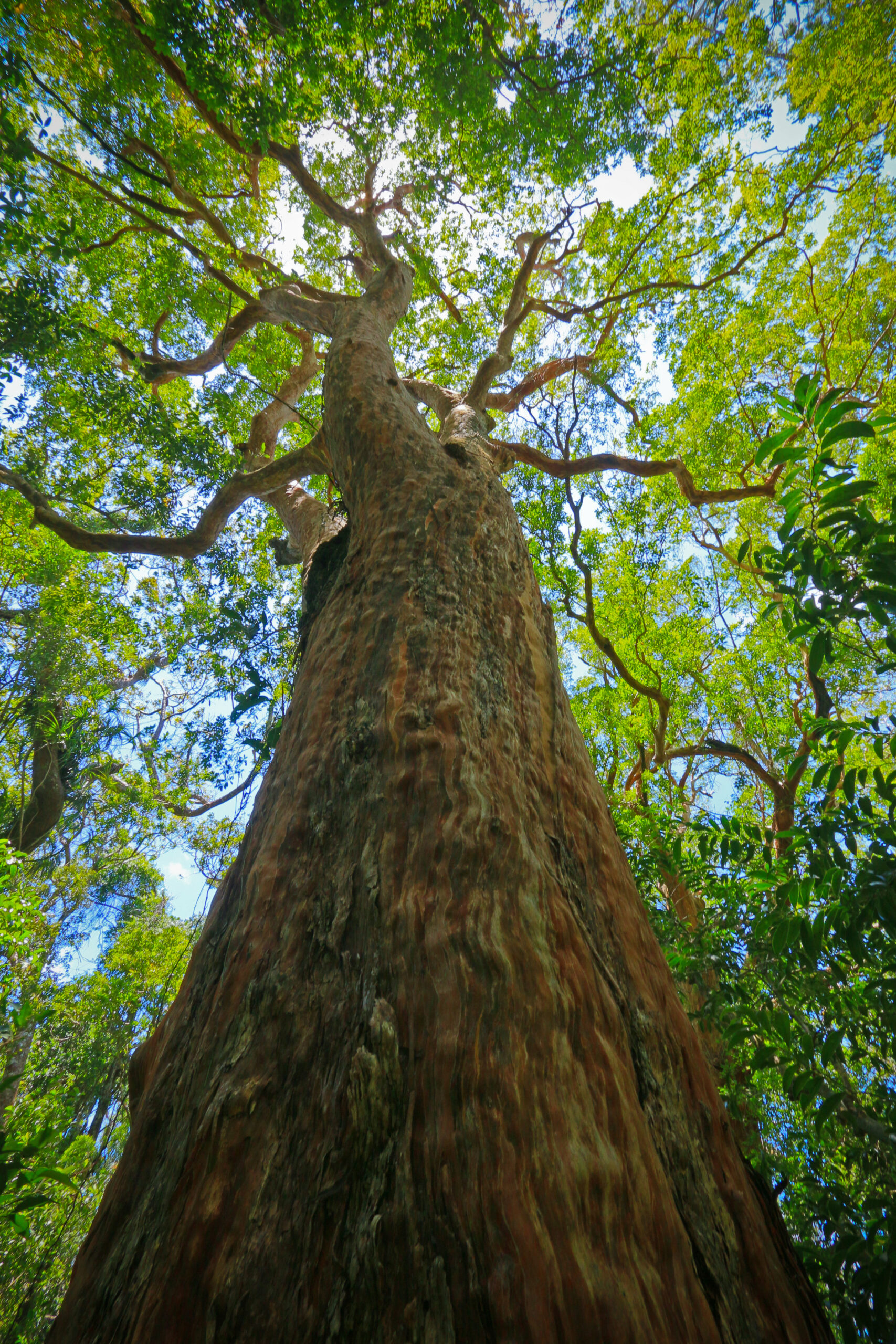| Local Name | Place |
| Apiitan | Cagayan |
| Batete, Magbalago | Quezon |
| Batete, Magbalago | Albay |
| Batete, Magbalago | Sorsogon |
| Batete, Magbalago | Ticao |
| Danggal, Danggayan | Quezon |
| Danggal, Danggayan | Camarines |
| Danggal, Danggayan | Albay |
| Danggal, Danggayan | Sorsogon |
| Danggal, Danggayan | Masbate |
| Doka, Duka | Masbate |
| Doka, Duka | Tablas |
| Doka, Duka | Samar |
| Doka, Duka | Leyte |
| Doka, Duka | Negros |
| Doka, Duka | Bohol |
| Sagimsim | Bohol |
| Tabalangon | Sorsogon |
| Tablas | Masbate |
| Tarungatingan | Camarines Sur |
| Totengan | Negros Occidental |

Did you spot something we need to update?
Do let us know. Together, let's grow the database.
Reach out to us at binhi@energy.com.ph
MAN ANNUAL TEMPERATURE: 15 deg C SOIL TYPE: The longan thrives best on a rich sandy loam and nearly as well on moderately acid, somewhat organic, sand. It also grows to a large size and bears heavily in oolitic limestone. In organic muck soils, blooming and fruiting are deficient. (Reference: Orwa et al., 2009)
Primary or secondary lowland to mid elevation forest.
(In the absence of specific tree management practices for the species, practices for a relative Diospyros philippinensis could be used) SOWING. Germination media - Unsterilized garden soil + sand at 3:1 and 2:1 ratio. Seeds could be directly sown in plastic bags or pre-germinated in seedbeds at 4x3 cm spacing. Seeds could be recalcitrant like Diospyros philippinensis and therefore requires immediate sowing and short storage period. TRANSPLANTING AND CARE OF SEEDLINGS. Seedlings are transplanted in plastic bags. Many seedlings reached the outplanting age of 3 months (11cm high) and 5 to 6 months after germination (7.5 cm high). Hardening treatments included gradual exposure to full sunlight for 2 to 4 months in Bicol and reduced watering for 2 months.
Locate our planted BATETE Trees
Locate our planted BATETE Trees

trees planted in the country!

Spread awareness and learn about the 96 native Filipino trees species EDC has saved from extinction. Get your own copy of the coffee-table book today!